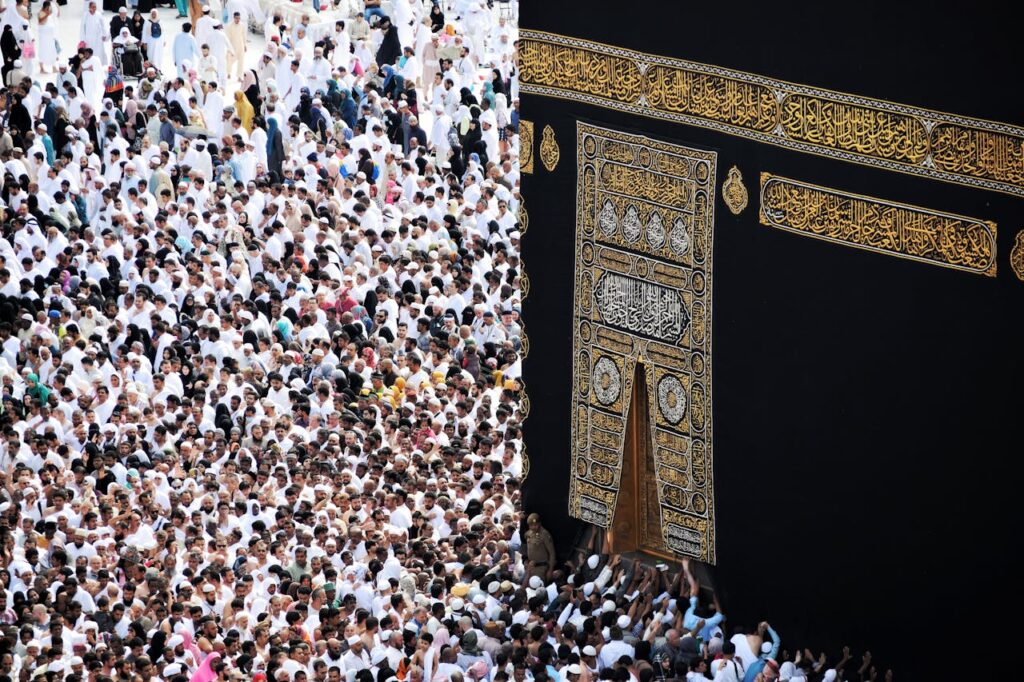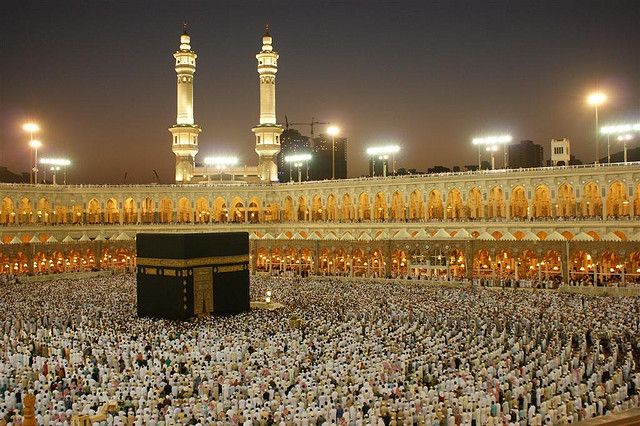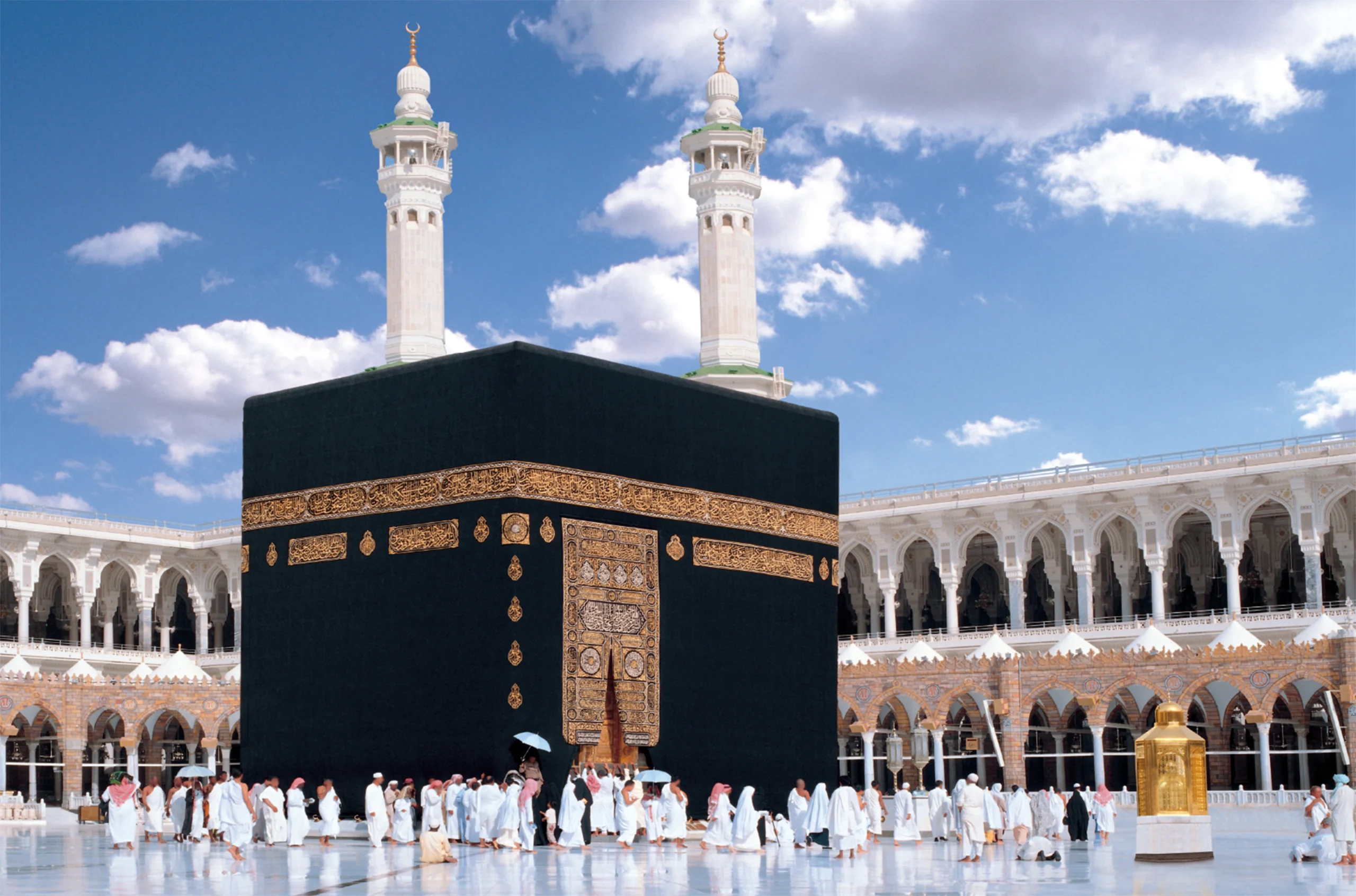How to Perform Umrah: A Step-by-Step Guide to the Spiritual Pilgrimage
Umrah is a highly revered pilgrimage undertaken by Muslims. Unlike Hajj, which has specific dates in the Islamic calendar, Umrah can be performed at any time. While shorter than Hajj, it carries immense spiritual significance and is often viewed as a means of seeking closeness to Allah and purifying the soul. This guide covers the essential steps, rituals, and preparations to help you perform Umrah with devotion and understanding.
1. Understanding Umrah: What Is It?
a. Difference Between Hajj and Umrah
While both are pilgrimages to Makkah, Hajj is mandatory once in a lifetime for those who can afford it and has specific dates, while Umrah is voluntary and can be performed any time.
b. Spiritual Importance of Umrah
Umrah is an act of worship that brings believers closer to Allah, cleanses the soul, and symbolizes a fresh start in a Muslim’s faith journey.
2. Preparing for Umrah
Proper preparation ensures that you can perform Umrah smoothly and with the necessary knowledge and respect for the rituals.
a. Learning About the Rituals
Before embarking on Umrah, study the rites and rituals. This guide provides an overview, but you may want to attend informational sessions or consult with experienced individuals.
b. Checklist of Essentials
Prepare a list of essentials, including:
- Ihram garments
- Passport and visa documents
- Travel essentials, including toiletries and basic medicines
- A small guidebook or notes on the Umrah rituals
3. Steps of Performing Umrah
The rituals of Umrah include entering a state of purity, performing specific rites in Makkah, and completing certain prayers and supplications.
a. Step 1: Entering the State of Ihram
Ihram is the sacred state that Muslims must enter before performing Umrah or Hajj.
i. Cleanse Yourself
Perform ghusl (a full-body ritual cleansing) to purify yourself before putting on Ihram garments.
ii. Dress in Ihram Attire
- For Men: Two unstitched white cloths, one wrapped around the waist and the other covering the upper body.
- For Women: Modest clothing that covers the body and hair without any particular colour requirement.
iii. Recite Niyyah (Intention)
After donning Ihram, make the intention to perform Umrah by reciting:
“Labbaik Allahumma Umrah” (Here I am, O Allah, for Umrah).
iv. Recite Talbiyah
Begin reciting the Talbiyah:
“Labbaik Allahumma Labbaik, Labbaik La Shareeka Laka Labbaik. Innal-Hamda, Wan-Ni’mata, Laka wal-Mulk, La Shareeka Lak”
This phrase means, “Here I am, O Allah, here I am. There is no partner with You, here I am. Verily, all praise, grace, and sovereignty belong to You. You have no partner.”
b. Step 2: Arriving in Makkah
Once you reach Makkah, your journey continues with performing the rites within the sacred boundaries.
i. Perform Tawaf (Circumambulation of the Kaaba)
Tawaf is the act of walking seven times counterclockwise around the Kaaba.
- Start at the Black Stone
Begin by raising your right hand or pointing to the Black Stone with “Bismillah Allahu Akbar” (In the name of Allah, Allah is the Greatest). - Walk Around the Kaaba Seven Times
Each circuit around the Kaaba is known as a “shawt.” During the Tawaf, recite prayers or supplications, asking for Allah’s mercy and forgiveness. - End at the Black Stone
Complete your seventh circuit at the Black Stone. After Tawaf, proceed to offer two units of prayer at the Maqam Ibrahim (the Station of Ibrahim).
ii. Offer Two Rak’ahs of Salah
Perform two rak’ahs of prayer near the Maqam Ibrahim. Recite Surah Al-Fatihah followed by Surah Al-Kafirun in the first rak’ah and Surah Al-Ikhlas in the second.
c. Step 3: Perform Sa’i (Walking Between Safa and Marwah)
After Tawaf, proceed to Sa’i, a ritual that commemorates Hagar’s search for water for her son Ismail. This ritual takes place between the hills of Safa and Marwah.
i. Start at Safa
Facing the Kaaba, make an intention for Sa’i and begin by saying, “Indeed, Safa and Marwah are among the symbols of Allah” (Surah Al-Baqarah, 2:158).
ii. Walk Between Safa and Marwah Seven Times
Each leg from one hill to the other counts as one lap, and the round trip makes up seven laps in total. You may recite supplications or personal prayers during Sa’i, especially during the short green-light area, which men are encouraged to jog through.
iii. End at Marwah
Finish your Sa’i at Marwah. After completing this, perform a prayer of gratitude.
d. Step 4: Shaving or Trimming Hair (Tahalul)
To complete Umrah, men should shave or trim their hair, while women cut a small portion of hair (about the length of a fingertip). This act signifies the release from Ihram and marks the end of Umrah.
i. Men
Shave the head or trim all around, symbolizing humility before Allah.
ii. Women
Trim a small portion of hair to complete their Umrah.
4. Additional Acts of Worship in Makkah
While Umrah is complete after Tahalul, many pilgrims engage in additional acts of worship.
a. Prayers at Masjid al-Haram
The reward for prayer in the Holy Mosque is exponentially greater than anywhere else, so pilgrims are encouraged to spend time in prayer and reflection.
b. Zamzam Water
Drinking Zamzam water is a Sunnah and holds great significance. Pilgrims drink it and make supplications, as the Prophet (peace be upon him) said that Zamzam is for whatever purpose it is drunk for.
5. Etiquette and Spiritual Conduct During Umrah
Umrah is a deeply spiritual journey, so maintaining respectful and reflective behavior is important.
a. Maintaining Cleanliness and Purity
Staying in a state of cleanliness, both physically and spiritually, is essential throughout the journey.
b. Patience and Compassion
Due to the large crowds, it’s vital to practice patience and kindness towards others.
6. Common Mistakes to Avoid During Umrah
Understanding common errors can help you avoid unintentional mistakes.
a. Neglecting the Talbiyah
The Talbiyah should be recited regularly during the journey to Makkah until you begin Tawaf.
b. Incorrect Tawaf Direction
Make sure to circle the Kaaba counterclockwise, as this is a common point of confusion for first-time pilgrims.
7. Frequently Asked Questions (FAQ)
a. Can Umrah be Performed Multiple Times?
Yes, you may perform Umrah multiple times, but it’s recommended to prioritize those who haven’t yet performed it.
b. Is There a Dress Code for Women?
Women can wear any modest, loose-fitting clothing that covers the entire body and is not transparent. A hijab covering the head is also required.
c. What if I Forget a Step?
Missing a step may require you to consult a knowledgeable guide to determine if any compensatory actions are necessary.
8. After Umrah: Reflecting on the Experience
Completing Umrah is a milestone in one’s spiritual life. Take time to reflect on the journey and the lessons learned.
a. Giving Thanks to Allah
Express gratitude to Allah for granting you the opportunity to perform Umrah.
b. Continuing Worship and Good Deeds
Let Umrah be a catalyst for continued acts of worship, kindness, and adherence to Islamic principles.
Performing Umrah is a beautiful and spiritually uplifting journey that strengthens one’s faith and relationship with Allah. By following these steps with sincerity and understanding, pilgrims can fully experience the blessings of this sacred journey.


